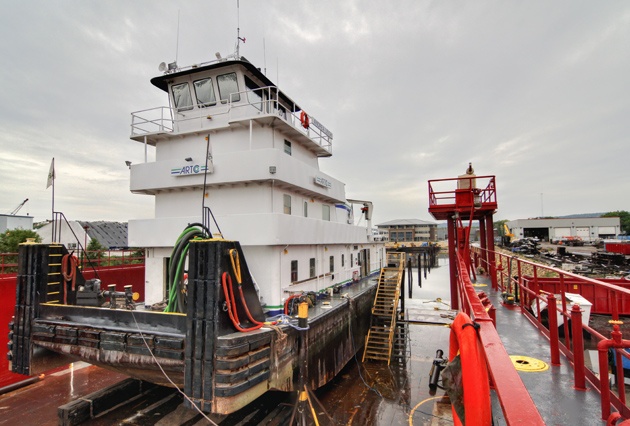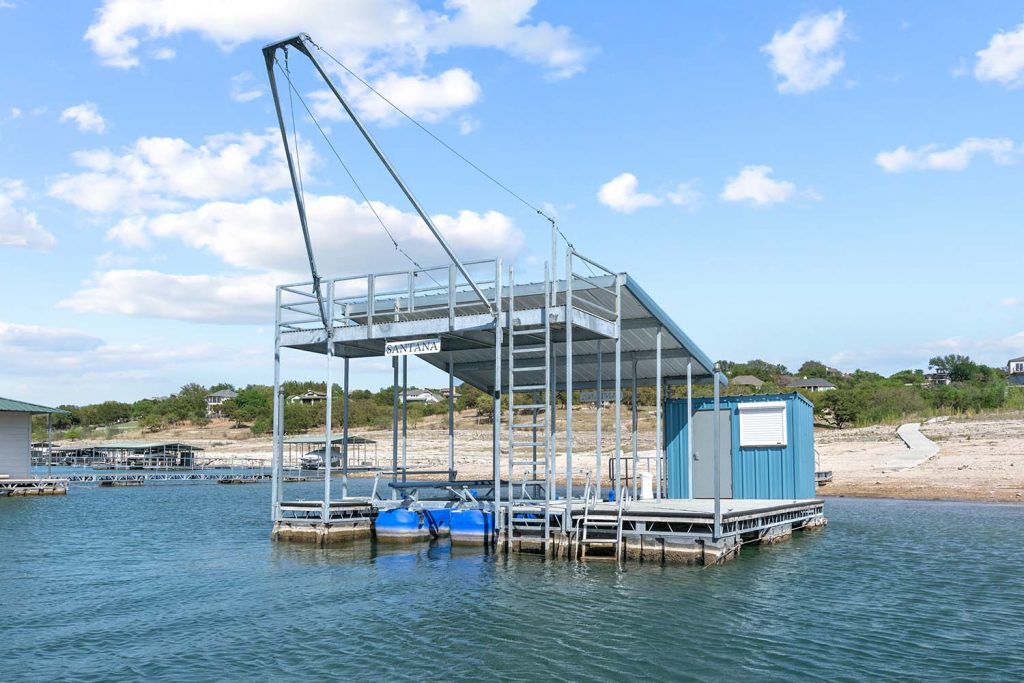Seasonal Preparations: When to Schedule Your Dock Repairs
Seasonal Preparations: When to Schedule Your Dock Repairs
Blog Article
Efficient Dock Fixing Techniques: Making Certain Structural Honesty
Ensuring the architectural stability of docks with efficient repair work methods is vital for the durability and security of marine centers. This includes a multi-faceted strategy beginning with extensive assessments using advanced technologies like sonar equipment and remotely ran cars (ROVs) to find both noticeable and concealed problems. Subsequently, selecting the best repair products, such as composite materials and corrosion-resistant alloys, is critical for sturdiness. Structural support methods, consisting of the implementation of cross-bracing systems and load-distribution plates, play an essential duty in mitigating stress and anxiety points. The relevance of these methods comes to be evident when exploring sophisticated repair methods and preventative upkeep methods.
Examining Dock Damages
Analyzing dock damages is an important initial step in guaranteeing the architectural honesty and safety and security of any kind of docking center. This preliminary assessment entails an extensive evaluation to recognize both hidden and noticeable problems. Secret elements to analyze include the dock's structure, pilings, decking, and hardware. Each component must be scrutinized for indications of wear, rot, rust, or other kinds of destruction that can endanger the structural integrity.
Structural engineers or qualified inspectors typically carry out these assessments utilizing specialized techniques and devices. Undersea evaluations might utilize finder equipment or remotely ran cars (ROVs) to find immersed damages. Over water, visual assessments are enhanced by utilizing wetness meters and various other diagnostic devices to reveal underlying concerns not right away noticeable to the naked eye.

Deciding On Repair Work Products
Choosing the suitable repair materials is an essential action in the dock repair process, one that straight affects the longevity and performance of the repaired framework. Product option have to be driven by variables such as ecological problems, load-bearing requirements, and compatibility with existing dock elements. Wood is a typical option for anchors due to its all-natural durability and aesthetic charm. Selecting the right type of wood, such as pressure-treated lumber or naturally rot-resistant types like cedar or teak, is crucial to endure water atmospheres.
In addition to wood, composite materials are significantly preferred because of their resilience and low maintenance requirements. Composites, normally made from a mix of plastic and timber fibers, offer excellent resistance to rot, bugs, and UV damages. For steel anchors, picking corrosion-resistant alloys such as galvanized steel or marine-grade light weight aluminum is important to avoid rust and make certain architectural honesty in saline water problems.
Epoxy materials and marine-grade sealers are crucial for fixing cracks and sealing joints, giving a waterproof obstacle and improving the dock's total toughness. By carefully selecting high-grade products, dock fixings can accomplish lasting results, thus protecting against future destruction and ensuring safe, dependable usage.
Structural Support Methods
Reliable architectural support methods are vital in ensuring the security and durability of dock repairs. This approach is specifically efficient for anchors subjected to hefty tons or severe ecological conditions.
One more crucial method is the application of fiber-reinforced polymers (FRP) These materials provide high strength-to-weight proportions and outstanding resistance to rust, making them ideal for strengthening concrete or wood anchors. FRP can be used in strips or sheets and adhered with epoxy resins to enhance structural stability.
Supporting and anchoring systems also play a crucial duty in architectural support. Cross-bracing, using metal or wooden beam of lights, can neutralize lateral pressures, lowering persuading and activity. Securing systems, such as helical piers or driven stacks, give a secure structure by moving tons to much deeper, a lot more stable soil layers.
Lastly, the combination of load-distribution plates can aid distribute weight much more uniformly across the dock's surface area, mitigating localized stress factors. These strategies jointly guarantee that anchors remain robust and secure, efficient in enduring the rigors of their operational environment.
Advanced Fixing Approaches

One more innovative technique involves undersea welding, which allows for repairs to be carried out without read what he said the demand to dewater the area. This method is specifically advantageous for resolving structural concerns in immersed dock parts, making sure marginal disturbance to procedures. Enhanced welding methods, combined with robotic systems, supply accuracy and reliability, thereby extending the life expectancy of the dock.
Furthermore, cathodic security systems are executed to prevent rust in metal dock structures. By making use of sacrificial anodes or amazed present systems, these strategies successfully mitigate the electrochemical processes that result in material deterioration.
Lastly, advanced surveillance modern technologies, such as architectural health monitoring (SHM) systems, give real-time data on the condition of dock structures. These systems make it possible for positive maintenance and prompt treatments, eventually guaranteeing the lasting architectural honesty of the dock.
Maintenance and Prevention
Maintenance and prevention are fundamental principles that underpin the durability and security of dock structures. Regular examinations are paramount, enabling very early discovery of deterioration, prospective weaknesses, and environmental effects. A positive strategy, entailing routine checks for rust, rot, and structural changes, mitigates costly repair services and prolongs the dock's operational life.
Safety nets should include using safety layers to metal elements to defend against corrosion and using treated timber to resist degeneration. In addition, ensuring proper water drainage and air flow can protect against water buildup, which is an usual source of architectural destruction. Integrating top quality materials and sticking to maker standards throughout construction and repair service phases also play essential functions in improving toughness.

Training employees in dock upkeep best techniques ensures regular application of safety nets. Leveraging technological developments, such as drones for inspections and sensors for real-time tracking, can even more improve upkeep efforts. By focusing on upkeep and avoidance, dock proprietors can make sure structural integrity, helpful site functional security, and cost-effective management over the dock's life-span.
Conclusion
Finally, preserving the structural honesty of aquatic facilities requires extensive dock repair work strategies. Thorough examinations using innovative devices discover both visible and hid damages, while the choice of appropriate repair work products improves durability. Carrying out architectural support approaches addresses anxiety points effectively. Advanced repair work strategies, combined with routine maintenance practices, ensure the dock continues to be functional and risk-free under varied environmental conditions. Taking on these strategies significantly extends the life expectancy and capability of marine facilities.
Making sure the architectural integrity of docks through efficient repair service strategies is extremely important for the durability and security of aquatic facilities.Picking the ideal repair materials is a go to my blog crucial action in the dock remediation process, one that straight influences the longevity and efficiency of the repaired framework.Efficient architectural support techniques are critical in guaranteeing the stability and longevity of dock repairs. By prioritizing upkeep and prevention, dock owners can make certain structural integrity, operational safety and security, and cost-effective administration over the dock's life-span.
In conclusion, preserving the architectural integrity of aquatic facilities requires comprehensive dock repair methods.
Report this page